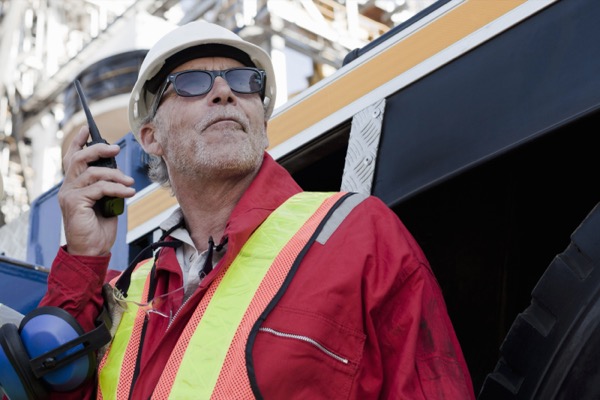Electricity is essential in every workplace but also poses some of the most dangerous electrical hazards in the workplace if not managed carefully. From overloaded circuits to wet conditions, these risks can lead to severe injuries, fires, and equipment failures. Focusing on identifying electrical safety hazards in the workplace is crucial to protecting employees and maintaining a safe and efficient environment.
This guide highlights the most dangerous electrical hazards in the workplace and provides practical steps for hazard identification, employee training, and mitigation strategies.
Common Electrical Safety Hazards in the Workplace
Understanding the most dangerous electrical hazards in the workplace is vital to creating an effective safety program. Address these risks to reduce incidents, identify electrical safety hazards and also improve electrical safety in the workplace.
1. Overloaded Circuits
Overloading circuits can cause overheating, fires, and damage to critical equipment.
Signs of Overloading:
- Frequent tripping of circuit breakers.
- Warm outlets or electrical cords.
- Flickering lights during equipment use.
2. Improper Grounding
Improper grounding creates significant risks, such as electric shocks and fires, and jeopardizes sensitive equipment.
Common Causes:
- Damaged or missing ground prongs on electrical plugs.
- Faulty wiring or ungrounded extension cords.
3. Exposed Wiring
Exposed wiring is one of the most dangerous electrical hazards in the workplace, leading to shocks and fires.
How to Spot It:
- Frayed wires or worn insulation on cables.
- Loose or dangling electrical connections.
4. Wet Conditions and Electrical Equipment
Water and electricity are a deadly combination, increasing the risk of electric shock and equipment damage.
Examples of Risks:
- Using electrical tools in rain or damp areas.
- Spills near outlets, extension cords, or equipment.
5. Failure to De-Energize Equipment
Failure to de-energize electrical systems during maintenance is a leading cause of workplace injuries.
Contributing Factors:
- Inadequate lockout/tag out procedures.
- Insufficient training on de-energizing equipment.
Identifying Electrical Safety Hazards
Proactively identifying electrical safety hazards is crucial for improving electrical safety in the workplace.
Conduct Regular Inspections
Inspect outlets, cords, and electrical panels for signs of wear or damage. Use infrared technology to detect overheating circuits.
Monitor Equipment Usage
Ensure employees use electrical devices that match the voltage and amperage ratings of circuits to prevent overloading.
Engage Employees in Hazard Reporting
Encourage employees to report issues like damaged outlets, frayed wires, or unsafe practices. Implement a reporting system to make hazard identification straightforward.
Employee Training for identifying Electrical Safety Hazards
Training employees on identifying electrical safety hazards in the workplace is critical for preventing accidents.
Key Training Topics
- Identifying electrical hazards, such as overloading or improper grounding.
- Lockout/tagout procedures for de-energizing systems.
- Emergency response steps for electrical fires or shocks.
Best Practices for Training
- Use hands-on demonstrations to improve understanding.
- Incorporate clear visuals to highlight the most dangerous electrical hazards in the workplace.
- Provide refresher courses to ensure knowledge retention.
Mitigation Strategies for Electrical Safety Hazards
Preventing electrical risks requires comprehensive strategies that focus on electrical safety in the workplace.
Install Ground Fault Circuit Interrupters (GFCIs)
GFCIs automatically shut off power to prevent electric shocks in wet conditions.
Maintain Electrical Systems
Schedule regular maintenance for wiring, circuit breakers, and equipment. Replace damaged or outdated electrical components.
Implement Lockout/Tagout Programs
Ensure proper lockout/tagout procedures are followed to de-energize systems during maintenance or repair.
Restrict Access to Electrical Panels
Limit access to authorized personnel to reduce accidental tampering or exposure to live circuits.
Building a Culture of Electrical Safety
Creating a culture of safety ensures electrical safety in the workplace becomes a priority for everyone.
- Leadership must model safe practices and emphasize the importance of compliance.
- Engage employees in identifying and addressing electrical hazards.
- Continuously update safety policies to reflect best practices and new technology.
Conclusion
Electrical hazards are among the most dangerous risks in the workplace but can be mitigated through proactive measures. By identifying hazards, training employees, and implementing effective safety protocols, businesses can ensure electrical safety in the workplace and protect employees from harm.
Take action today to create a safer workplace and reduce risks associated with electrical hazards.







